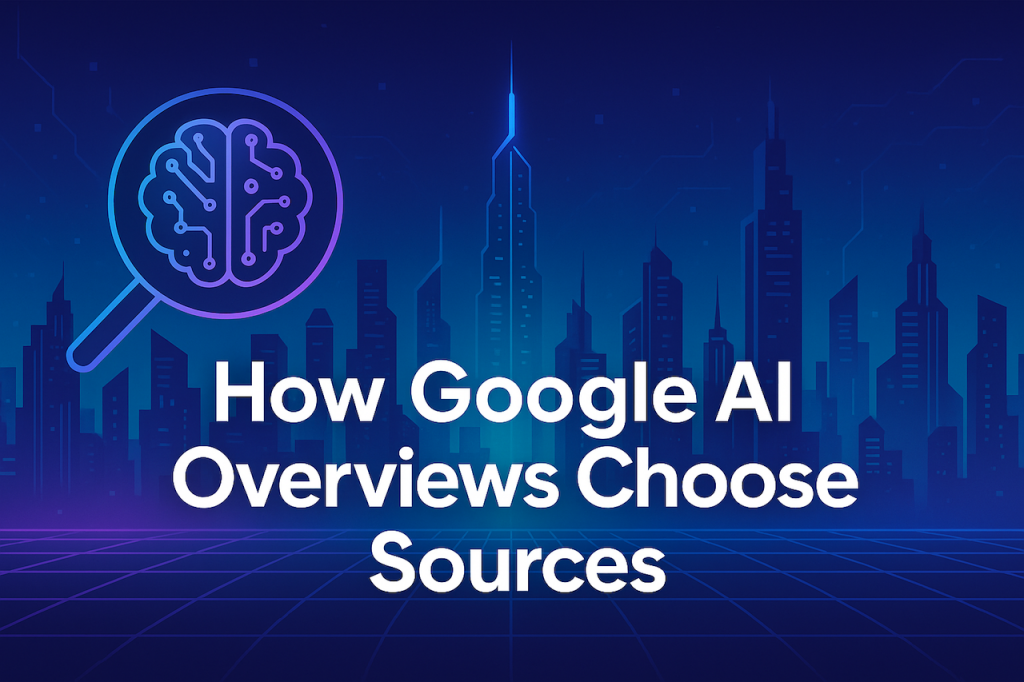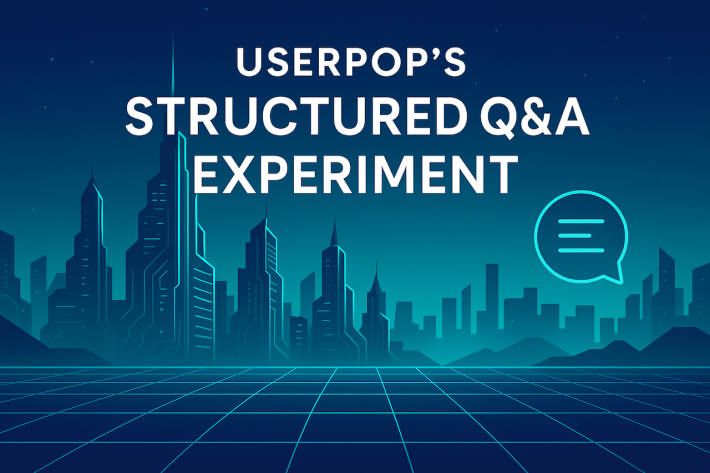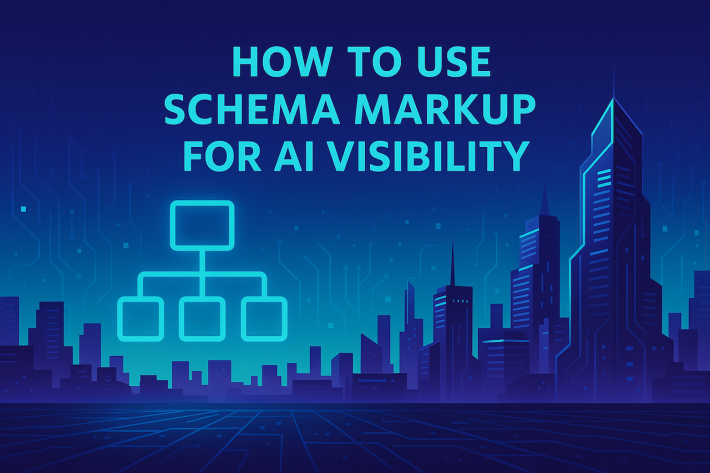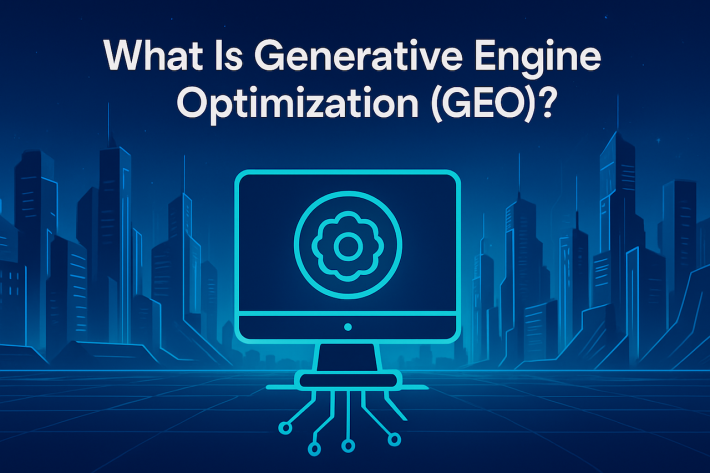How Google AI Overviews Choose Sources

Understanding what makes content cite-worthy in the AI era.
If SEO was about ranking, Generative Engine Optimization is about reasoning.
Google’s AI Overviews don’t just scrape; they summarize. When you ask a question, the model generates a paragraph using knowledge extracted from a selection of web sources — the most trusted, structured, and relevant pages in its retrieval layer.
But what determines which pages those are?
Why do some websites appear as citations while others — even those ranking #1 organically — don’t?
Here’s how Google’s generative systems decide what to cite, and how your content can qualify.
What Are Google AI Overviews?
AI Overviews are generative summaries that appear at the top of certain search results. They use a large language model trained on Google’s index to generate concise, factual responses, followed by 3–5 clickable citations.
Unlike traditional snippets, these citations aren’t just keyword matches — they’re trust references pulled from the retrieval model’s internal confidence weights.
Learn more: What Is Generative Engine Optimization (GEO)?
How Google Decides Which Pages to Cite
Based on our research and industry observations, citations are more likely when pages:
- Use structured Q&A formatting (clear question–answer pairs).
- Include schema markup like FAQPage or QAPage.
- Are internally linked to thematic clusters (not orphaned content).
- Demonstrate topical authority through multiple, related articles.
- Offer concise, factual, non-promotional answers.
Generative engines are trained to detect “answer confidence.” The clearer your structure, the more likely your page gets retrieved.
Does Schema Markup Help?
Yes — immensely.
Schema markup is the translator between human content and machine interpretation.
Without it, Google’s systems may recognize your text, but not its intent.
Using FAQPage schema ensures that your question and answer are recognized as discrete, retrievable entities — a foundational requirement for inclusion in generative summaries.
Learn how to add it: How to Use Schema Markup for AI Visibility
Why New Domains Aren’t Cited (Yet)
It’s not about content quality — it’s about trust maturity.
The LLM powering AI Overviews doesn’t refresh as often as the regular search index.
So while your new structured content may rank #1 organically, it might take weeks or months before it’s incorporated into the retrieval corpus that feeds generative answers.
This delay is expected and measurable — one of the exact outcomes Userpop’s ongoing GEO experiments are tracking.
How to Increase Citation Probability
- Publish multiple structured Q&A pages on the same topic cluster.
- Internally link them to form a web of related knowledge.
- Earn a handful of relevant backlinks from credible domains.
- Keep your schema clean — one FAQPage per URL.
- Update timestamps and resubmit pages regularly.
The Bottom Line
Google’s AI Overviews don’t reward the loudest voice — they reward the clearest.
By structuring your site’s knowledge layer, you’re helping AI systems connect dots and attribute credit.
Visibility in generative search is not luck — it’s structure.
Related Reading
Justin Shum is a 2x exited founder who has built and scaled companies at the intersection of messaging, proptech, and commerce. Today he is the founder of Userpop, creating the intent signal infrastructure that powers visibility and trust in the era of generative search.


